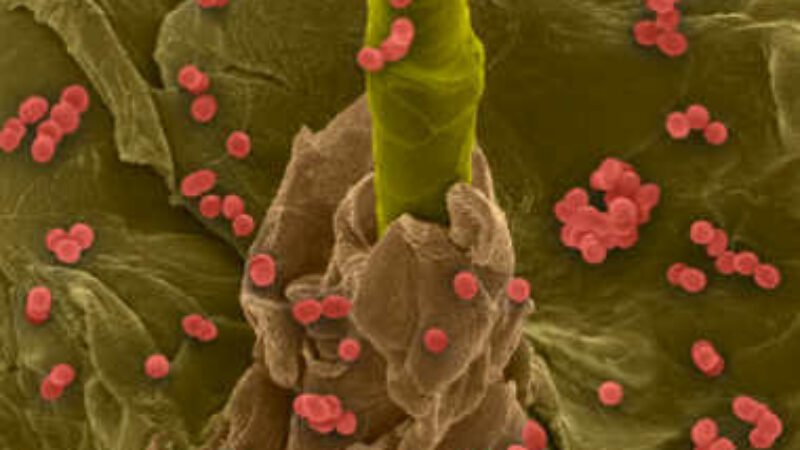Osteopathy may not be familiar to you, nor was it to me until a few weeks ago when it was mentioned by not one but two friends who had recently tried osteopathy to deal with shoulder, back and knee pain. The simplest way to explain osteopathy is that it is a physiotherapy that uses a holistic approach to concentrate not only on the problem area but to treat the rest of the body as well. The philosophy behind osteopathy is that all parts of the body function together in an integrated way, and when one area is in pain or restricted, other parts of the body are affected in an attempt to compensate.
Osteopathy therapy involves non-invasive “hands on” techniques to gently manipulate the body. This can involve stretching, slight pressure on tissues, massage and joint movements. An osteopath may also use the hands to assess how the pained area is affecting the spine, neck, hips and organs so that treatment can ultimately restore balance to all systems of the body. Very much like physiotherapy, patients may be asked to continue stretches and exercises at home as well as altering lifestyle patterns. A series of treatments and follow-ups are not uncommon to improve chances of a complete recovery and restoration of health.
Initial sessions last about an hour and involve assessment and treatment. Techniques will vary depending on the injury. Osteopathic therapists are highly trained and skilled individuals who view the body as interconnected systems that work together for complete health. In Canada, the UK and Australia, osteopaths are required to undertake study and training for 4-5 years before being accredited. In the US, osteopathy is a dedicated degree within the study of medicine and carrries with it a Doctor of Osteopathic Medicine (D.O.) designation.
As much as topical and oral treatments can help relieve pain, full recovery may involve changes in lifestyle and professional care. As for my friends, the weekend athlete and the urban pack mule, they’ve been advised to slow down and carry a smaller purse, respectively. Improvements continue.




